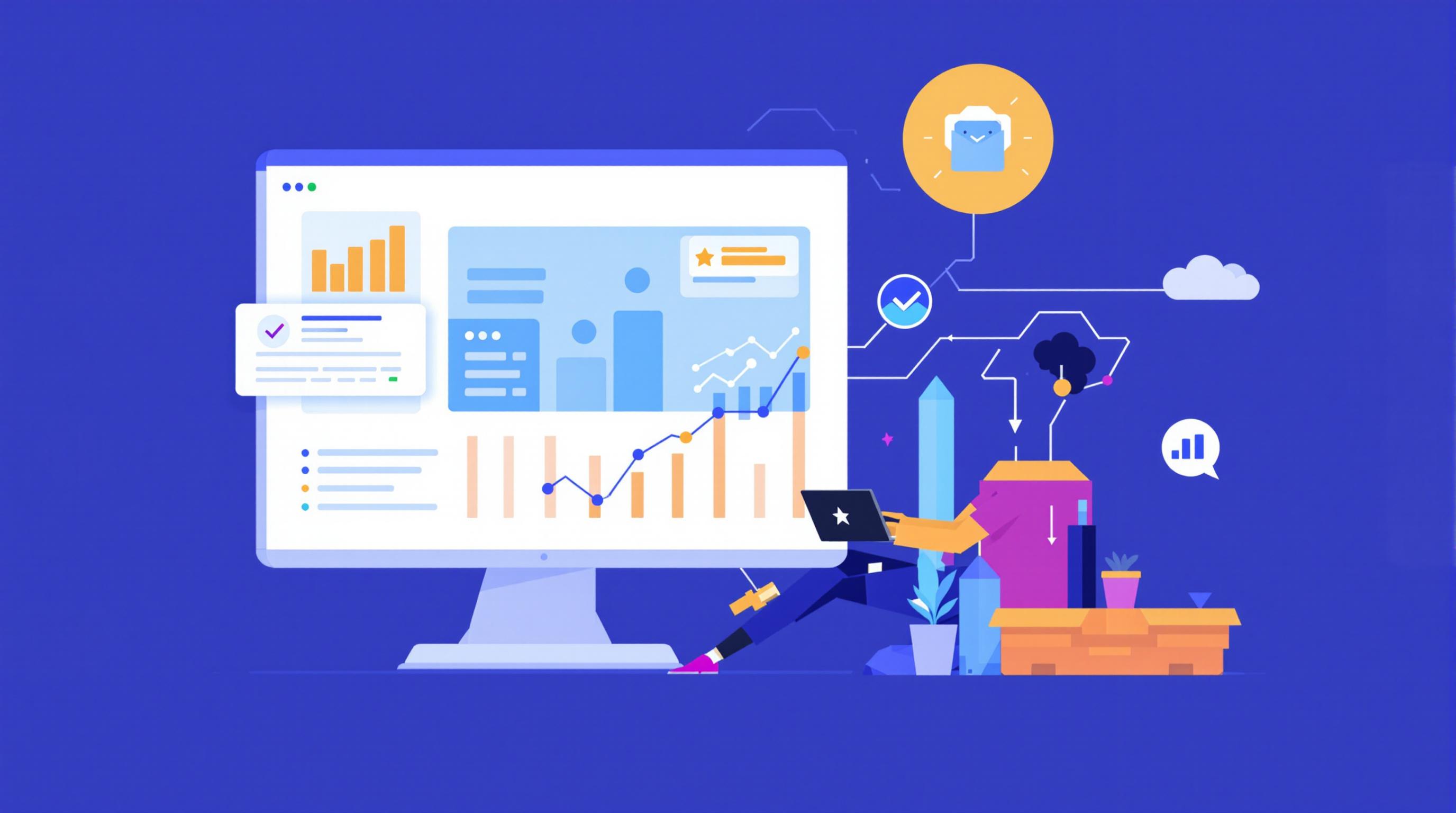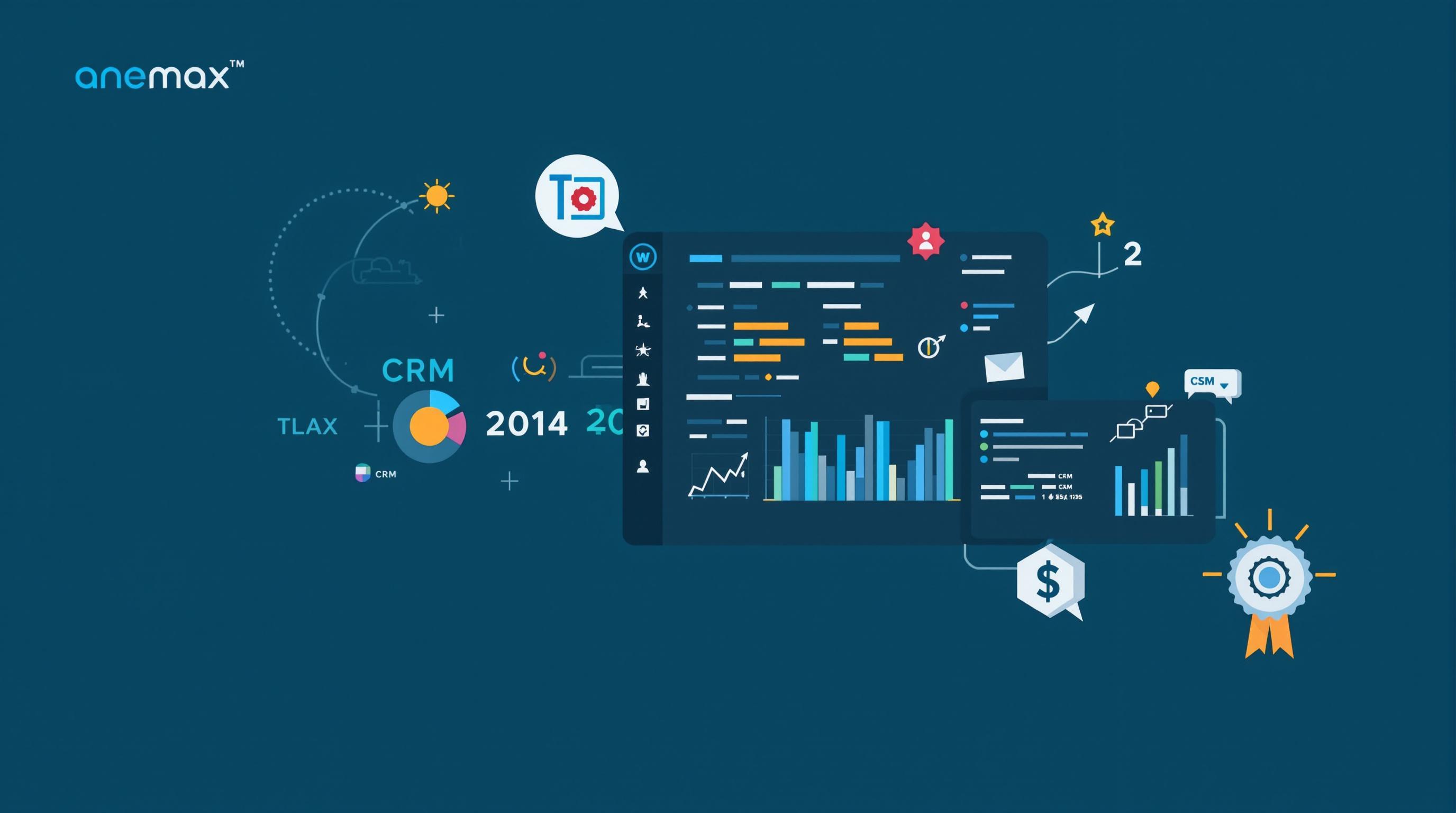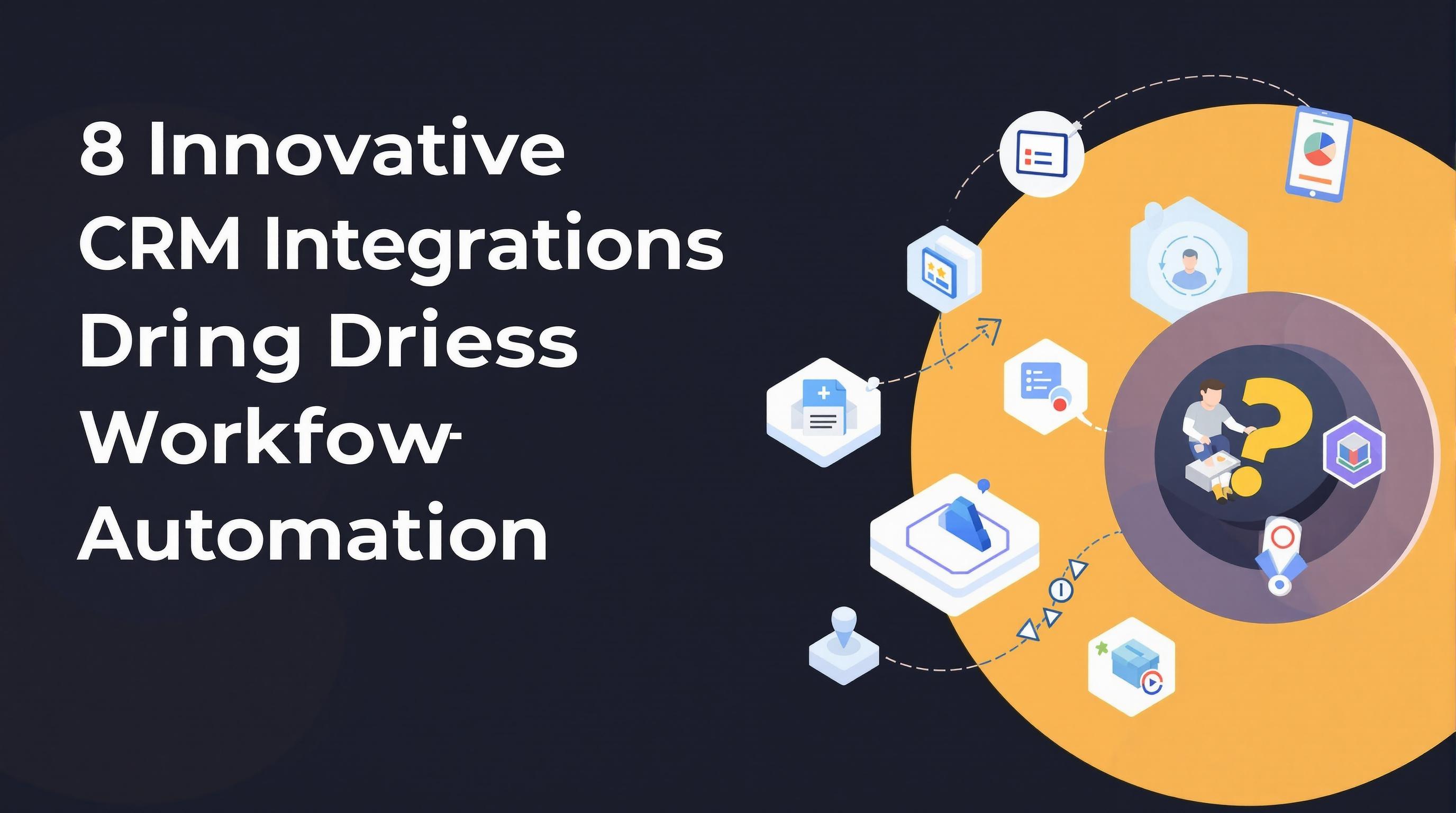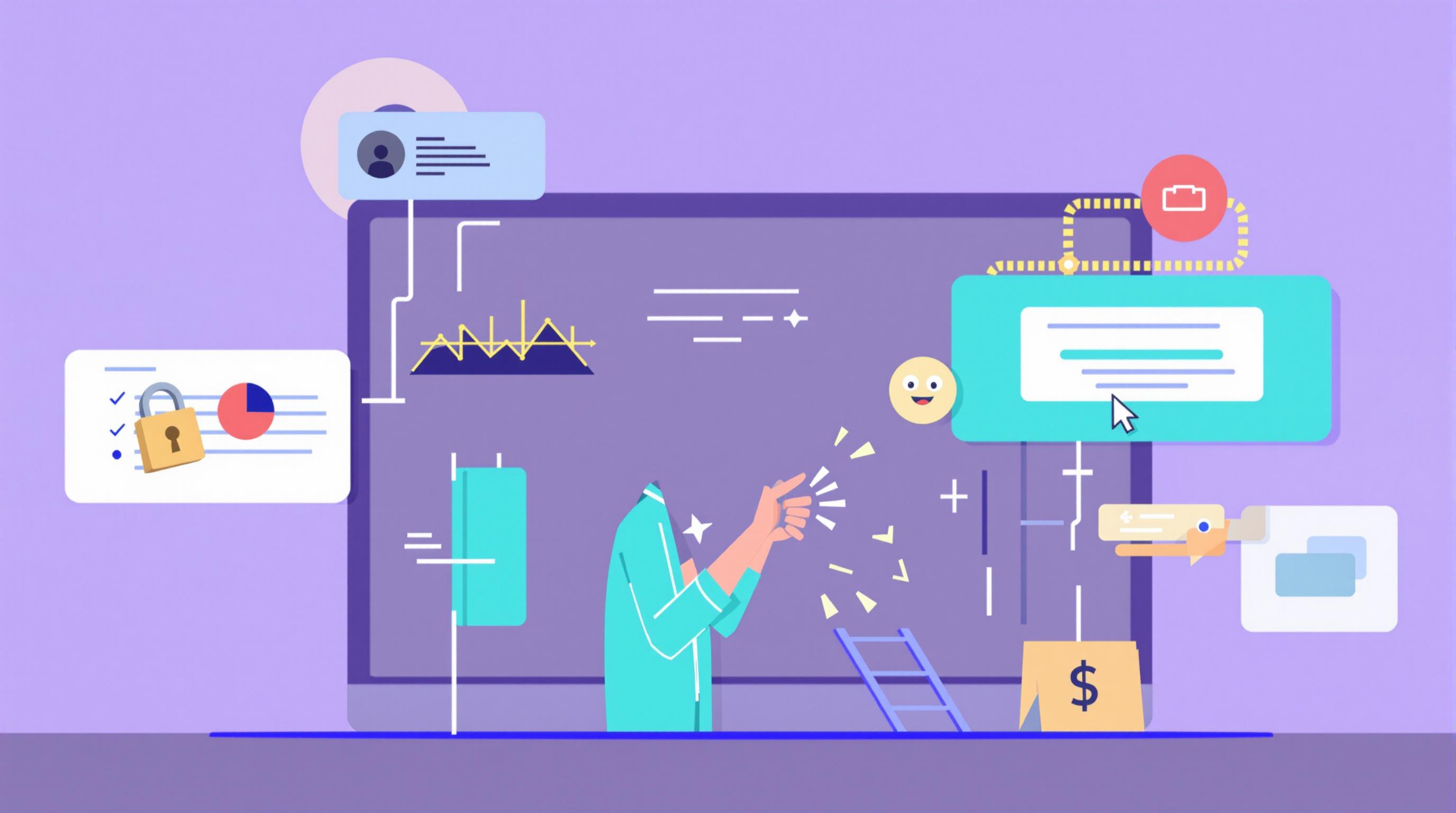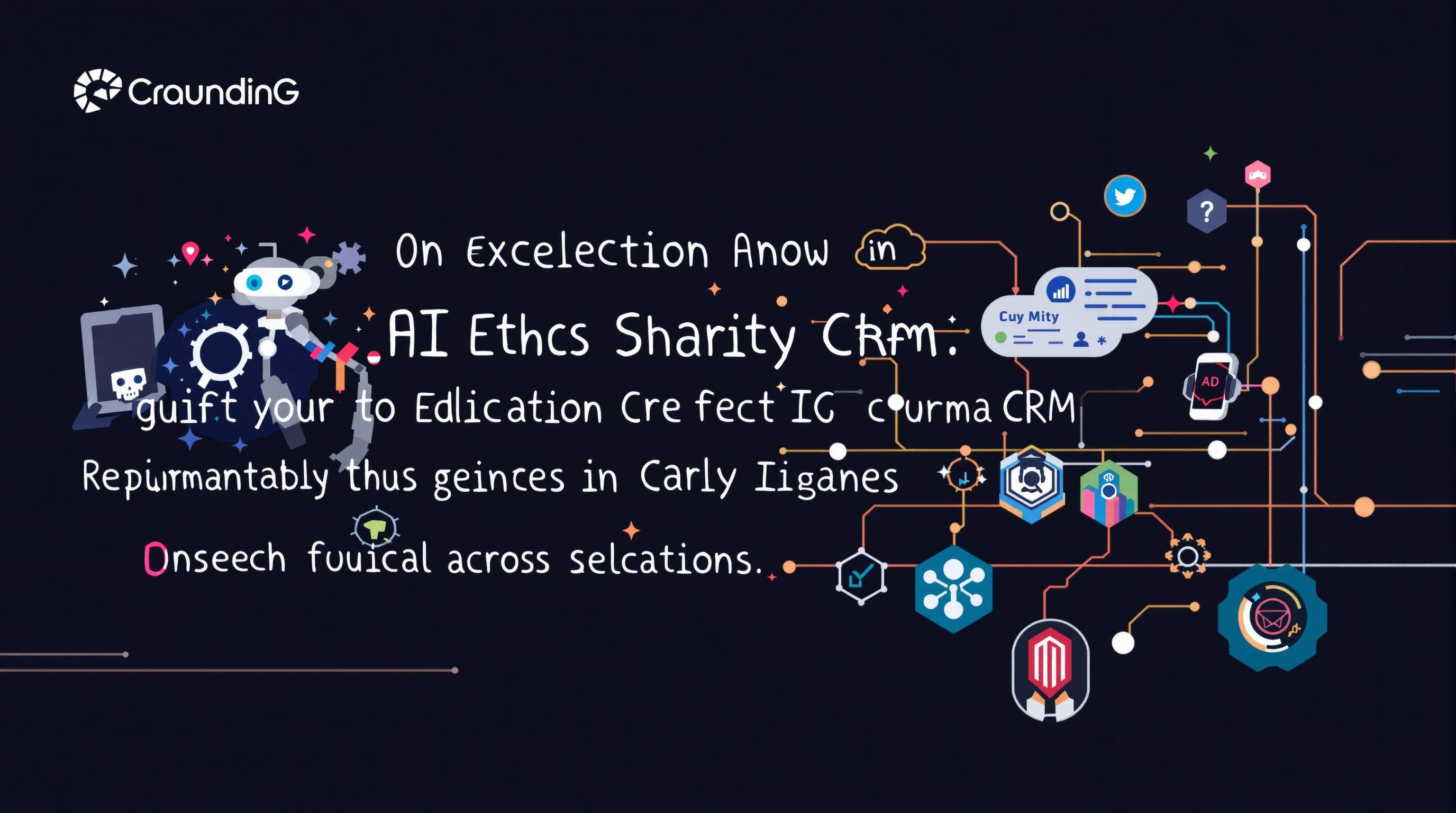Related Articles
- Exploring the Role of Emotional AI in Resolving Conflicts Within Customer Support Interactions
- Top 6 Breakthrough Pricing Engines Launched Since 2019 That Redefine Value Perception and Buyer Behavior
- How HR Software Is Quietly Shaping Workplace Culture Beyond Metrics and Performance Tracking
- The Surprising Influence of Workplace Architecture on Team Dynamics and Project Success in Business Ventures
- 7 Lesser-Known Marketing Automation Tools Released Since 2019 That Outsmart the Giants
- Top 6 CRM Platforms Released Since 2019 That Are Redefining Automation and User Experience in 2024
9 Lesser-Known CRM Metrics That Reveal Hidden Opportunities for Optimizing Customer Retention in 2024
9 Lesser-Known CRM Metrics That Reveal Hidden Opportunities for Optimizing Customer Retention in 2024
9 Lesser-Known CRM Metrics That Reveal Hidden Opportunities for Optimizing Customer Retention in 2024
1. Customer Effort Score (CES)
Customer Effort Score (CES) measures how much effort a customer must exert to get their issues resolved or to complete a purchase. Unlike traditional satisfaction scores, CES focuses on friction points in the customer journey, which directly influence retention.
Customers who experience less effort in interactions with a company are more likely to stay loyal. Tracking CES helps firms identify operational bottlenecks and areas where customer support can be optimized to reduce hurdles.
By integrating CES into CRM analytics, businesses gain actionable insights to streamline processes. This proactive approach improves the overall customer experience, enhancing the probability of long-term retention. (Source: Harvard Business Review)
2. Time to First Response
Time to First Response gauges how quickly a customer receives an initial reply after reaching out for support. This metric is often overlooked but is critical for customer satisfaction and retention.
A shorter time to first response demonstrates attentiveness and value for the customer’s time. Delays can cause frustration, leading to churn even if the eventual resolution is satisfactory.
Embedding this metric within a CRM system allows companies to monitor support responsiveness in real time and adjust staffing or workflows accordingly to meet service standards.
3. Customer Health Score
Customer Health Score is a composite metric that combines multiple data points like usage frequency, engagement level, and payment history to assess the overall “health” of a customer relationship.
This score helps companies identify at-risk customers before they churn by highlighting negative trends early. It can also spotlight highly engaged customers suitable for upselling opportunities.
When tracked in CRMs, health scores enable more personalized retention strategies tailored to each customer’s unique profile, increasing the efficiency of retention efforts.
4. Net Promoter Score (NPS) Segmentation
While Net Promoter Score is a familiar metric, its segmentation by customer demographics or behavior uncovers deeper insights. Breaking down NPS by cohort reveals specific groups that may need targeted retention tactics.
Segmented NPS allows marketers to pinpoint why certain segments are less loyal or more prone to churn. Customized outreach can then be crafted using this intelligence rather than relying on broad, generic campaigns.
CRM platforms that support detailed NPS segmentation boost precision in customer retention strategies by making feedback context-specific and actionable. (Source: Bain & Company)
5. Churn Reason Categorization
Churn Reason Categorization tracks why customers leave, categorizing them into specific buckets such as price, product dissatisfaction, or competitor offerings. This insight exists within many CRMs but often isn’t fully leveraged.
Organizing churn data sheds light on recurring issues driving customer loss, enabling businesses to proactively address root causes rather than treating churn symptoms.
Regular analysis of churn reasons facilitates targeted improvements in products, pricing, or customer service policies, ultimately bolstering retention efforts.
6. First Contact Resolution Rate (FCR)
First Contact Resolution Rate (FCR) measures the percentage of customer issues resolved on the initial contact without requiring follow-ups. A high FCR correlates strongly with customer satisfaction and loyalty.
FCR is often underestimated but is critical among support-related CRM data points. Customers value swift, effective service and are less likely to churn when their problems are solved promptly.
Monitoring and improving FCR can reduce operational costs and improve retention by reinforcing customer trust and reducing frustration. (Source: SQM Group)
7. Customer Lifetime Value by Acquisition Channel
Evaluating Customer Lifetime Value (CLV) segmented by acquisition channel reveals which marketing efforts attract more valuable, long-term customers. This nuance uncovers hidden opportunities in optimizing budgets and strategies.
Channels that generate high-CLV customers might warrant increased investment, while those bringing lower-value patrons may require retooling or reduced spend to improve overall retention quality.
Incorporating this metric into CRM analytics empowers smarter decision-making around customer acquisition and retention alignment, maximizing profitability over time.
8. Repeat Purchase Frequency
Repeat Purchase Frequency tracks how often customers return to buy again within a specific timeframe. This metric is key to understanding genuine loyalty beyond a single transaction.
Analyzing repeat purchase patterns helps identify segments with strong brand affinity or those requiring retention incentives to increase interaction frequency.
CRM tools that highlight fluctuations in repeat buying behavior enable timely engagement through personalized offers or content, boosting retention in a meaningful manner.
9. Customer Advocacy Rate
Customer Advocacy Rate measures how many customers actively promote a brand by leaving positive reviews, referring others, or engaging on social media. Advocacy reflects deep satisfaction that aligns closely with retention.
Tracking advocacy within CRM systems uncovers enthusiastic customers who can become retention champions or brand ambassadors, amplifying organic growth.
Encouraging and analyzing advocacy provides actionable insights to nurture loyal customers, develop advocacy programs, and ultimately sustain a competitive advantage in retention efforts.
Conclusion
In 2024, businesses looking to enhance customer retention must look beyond conventional CRM metrics. The nine lesser-known metrics outlined above expose hidden opportunities to refine engagement, identify at-risk clients, and amplify long-term loyalty.
Integrating these granular metrics into CRM processes endows organizations with a comprehensive understanding of customer behavior and sentiment. This intelligence facilitates proactive, personalized retention strategies that drive growth.
Ultimately, companies harnessing these insights will create seamless, satisfying customer experiences that endure in today’s competitive landscape.
